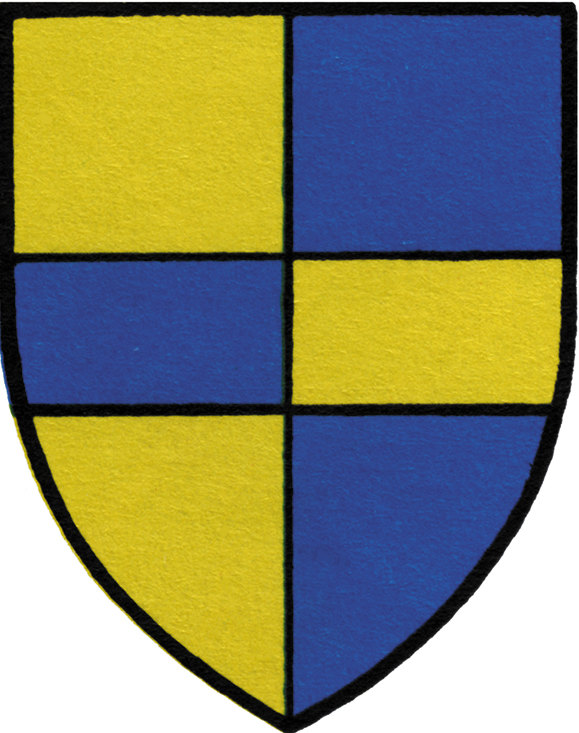The Cusack name carries with it a fighting air.
One of the most colorful examples is of one George Cusack whose parents wanted him to be a monk. He did not, so he ran away to fulfill every child’s dream of becoming a pirate and was so ruthless, he was often known to throw his crew overboard during arguments. George may have gained his notoriety through his defiance, but other Cusacks would make the name synonymous with unwavering devotion.
The name was originally the name of a town in Guienne, France and was brought to Ireland with the Norman invasions of the 12th century. It was made Irish as de Ciomhsog, and 14th-century Gaelic deeds of County Clare record a MacIosog, suggesting that the Cusacks were fully hibernicized.
If their Irish name suggests it, their history testifies to it.
The first Cusacks, Geoffrey and Andre de Cusack, came over with King John in 1211 and were granted land in Meath, Kildare, Clare, and Roscommon. The Cusacks quickly rose to hold positions of prominence, especially in the Church and administration. Thomas Cusack was Mayor of Dublin in 1409.
While a later Sir Thomas Cusack (1490-1571) was Lord Chancellor and favored English military and legal interests, many other Cusacks proved themselves champions of the Irish cause.
Bishop of Kildare from 1280 to 1300, Nicholas Cusack resisted Elizabethan aggression, for which he was beheaded. Not long after, Sir John Cusack of Gerardstown led the Irish defeat of Edward Brace at the Battle of Dundalk in 1318, and his descendant James Cusack fought for James II at the battle of the Boyne. Both Patrick Cusack and General Chevalier Richard de Cusack led the Confederate Catholics in the Cromwellian War. The latter took the Cusack name abroad, earning renown under Louis XIV and Louis XV.
But the Cusacks’ devotion and fighting spirit would cost them their power. They lost virtually all their lands in the 1691 attainers and forfeitures of 1701 when they refused to abandon Catholicism.
But the Cusacks retained their name and they continued to add to their reputation. Dr. James Cusack (1788-1861) was twice president of the College of Surgeons in Dublin. His niece was the famous Margaret Anne Cusack or Sister Mary Francis Clare. Her desire first led her to join the Anglican sisterhood in London but she converted to join the Poor Clares in Kerry, where both her charitable and literary works led to her being known as the “Nun of Kenmare.” Her disagreements with Irish clergy caused her to once again join the Anglicans in England, but she then came to the United States with the Pope’s blessing and founded the Sisters of Peace to look after poor Irish girls. She left yet another time for England where she continued campaigning for the rights of women and the Irish.
Modern Cusacks might find it useful to draw from the stories of their fiery ancestors, as the name is today most associated with the art of acting. Cyril Cusack of the Abbey Theater, one of the best-known actors of stage and screen, also fathered actresses Sorcha, Sinead, and Niamh. While on this side of the Atlantic another acting family, siblings John and Joan, have gained recognition and acclaim for the name. ♦


Cusack
The youngest Football League Manager back in the day for Doncaster Rovers at the age of 28
Nice one he did care
I’m a Cusack and I was sitting in Cusack stand in Crogh Park